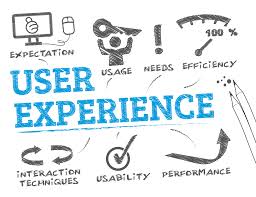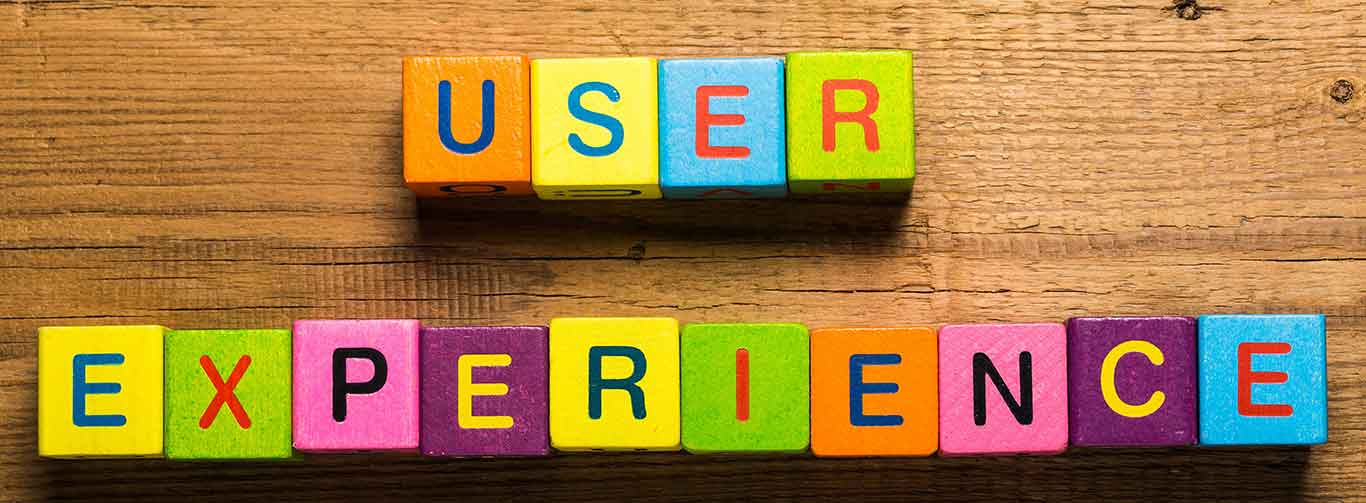 In the digital age, products increasingly consist of web services and apps on computers and smart devices. For these applications, they need to be well-usable, so users can easily and quickly reach their respective goals. Because incomprehensible products lead to errors, frustrations and in the worst case even to fatal accidents, Usability experts and interaction designers have set themselves the task of preventing those catastrophes by continually improving the usability of digital products.
In the digital age, products increasingly consist of web services and apps on computers and smart devices. For these applications, they need to be well-usable, so users can easily and quickly reach their respective goals. Because incomprehensible products lead to errors, frustrations and in the worst case even to fatal accidents, Usability experts and interaction designers have set themselves the task of preventing those catastrophes by continually improving the usability of digital products.
User Experience Design goes far beyond the usability and the interaction design of a product or service, expect the usage phase, the touchpoints of customers should also be considered and designed with the product or on-line service before, during and after use. Each of these points should be thought up by UX designers with great attention to detail, as a negative experience of the customers or users at any point in the customer life cycle can lead to a loss of confidence on the product and a poor reputation for the company. Positive experiences with the products or services of a brand result in loyal customers, who may turn to brand ambassadors of the brand.
In contrast to usability, user experience is not measurable because it is mainly about a psychological and mental process. Everyone is different and experiences his/her own user experience.

Verifiable usability
Markets are conversions, what we know since the "Cluetrain Manifesto" was published in 1999. At the time, the Web thinkers Rick Levine, Christopher Locke, Doc Searls and David Weinberger postulated “market are conversations” and thus referred to the importance of the new interactive media to classical marketing. The theses of the authors of the Manifesto have proved to be wise predictions: Since 2004, the phenomenon of user-generated content has been grouped into wikis, blogs and social networks under the keyword Web 2.0. This also means that customers exchange products online. A bad experience with a product or service is becoming more and more independent in the social media and can no longer be controlled by the marketing department of a company. On the other hand, only honest and authentic communication helps - and the prerequisite for this is good products and services.
The International Organization for Standardization (ISO), which sets standards for human-computer interaction in its series of standards 9241, defines the usability that is quantifiable by three factors: “The extent to which a product can be used by specified users to achieve specified goals with effectiveness, efficiency and satisfaction in a specified context of use.”The improvements of products compared to the previous version are therefore measurable and no longer decided by subjective taste of the designers or the responsible product manager.
Customer experience from A to Z
The design-relevant occupational fields, which deal constructively with usability questions, are diverse and range from user research and usability engineering to interaction design, screen design and user interface design to graphic design, visual design and motion design et cetera. They all deal with the design and improvement of a product or service for certain users and their tasks.
The competencies of product design are now no longer sufficient to successfully place new products on the market and win customers and users. Apple understood this as one of the first companies and already in 1993 Donald Norman was appointed to the world's first user experience architect. Norman was previously a professor of psychology and cognitive science at the University of California, San Diego, and in his book “The Design of Everyday Things” (1988) discussed the psychological relationship between human beings and everyday objects that can lead to frustration or pleasure.
User Experience Design considers the customer lifecycle holistically
Not only Apple, more and more people realize that User Experience Design should consider the customer lifecycle holistically. This means that customers long before the purchase or long before the creation of a user account will assess the expected product or service’s value. They want to know what they spend their money on or what invest their time in. They want to know what features the product has, under which condition the hardware was produced, the friends or colleagues who already use the system, and the status of product ownership or network membership. All this has nothing to do with usability, because the potential customer has not even tried the product or the service. Nevertheless, all of these aspects contribute significantly to the user experience of the product or service.
In this case, the holistic view of the UX Designer also includes the phase after the actual use. What about the guarantee and service conditions for defective devices? What are the upgrade options? Can the user migrate his photos, movies, or contacts to other platforms. After the use, the customer will decide whether he will become a paying customer again or abandon the company.

User Experience is individual
It lasted until 2010, before the concept “user experience” was defined for the first time within the framework of the ISO standard 9241-210 “Process for the Design of Usable Systems”. User Experience therefore includes the cognitive and emotional perceptions of users and their physiological and psychological responses to a product or service during use, as well as the anticipation before the actual application. All of these experiences influence the overall impression that the customers receive from the system and thus from the brand, the product and the company. The definition explicitly considers services, so that the discipline of service design that has emerged in recent years also contributes to a good user experience.
In contrast to usability, user experience is not measurable, because it is mainly psychological and mental processes. In other words, there is no user experience design, as many aspects of user experiences are subjective and designers can not directly influence these subjective aspects. Everyone is different and therefore experiences his/her own user experience. To influence these individual customer experiences indirectly through the design of digital interfaces and services makes user experience design attractive.
As Donald Norman required in Apple at the beginning of the 1990s, a user experience designer should design interactive systems with a holistic view of the users, thus creating a condition for positive customer experience. This obviously meets the need of not a few designers, because the job title of the UX designer is growing in popularity.
The competences of pure product design are no longer sufficient to successfully place new products and services on the market and to win customers and users.
Understand the users
The results of their user research make more and more UX designers getting in so-called personas, who represent the potential users as an example in the further design and development process. With these customer or user models, they use scenarios and storyboards to quickly and iteratively exploit the use of new products. Rapid prototyping tools, wireframes and clickdummies help a lot to visualize, understand the future system behavior.
The insights gained in this process flow into the following design round until the concept is convincing with outlook to the personas as well as in the business context. These steps are just a few of the many techniques from the toolbox of a UX designer, which also includes design thinking, human-centered design, user experience journey mapping, crossmedia storytelling, and business model design.
These methods ensure that the UX Designer has a holistic view of the user as well as the usage context of a product or service. This is the only way to create an adequate and coherent offer, because consistency across the various channels, platforms and user interfaces is one of the central concerns of UX Design. In order to secure a company's success in the long term, in order to develop new and innovative on-line services or even to generate ideas for start-ups, a holistic approach is required that embraces all aspects of customer experience. This includes branding, possible flagship stores in real life, the social media presence, as well as interactive elements such as navigation, gesture control, animation or voice and chatbots as well as screen design, layout and typography. In this way, UX designers create the framework for products and services that lead to a positive user experience among customers, strengthening their trust on the brand and transform them into loyal ambassadors.
UX Design is a profession in motion, because customer life cycles always go with the times. If you would like to work interdisciplinarily in teams, combine your psychological interest with your own creative impulses and like to surround yourself with people who think about products and business models, you will have a good prospect of UX Designer. If one also has the future-oriented researcher spirit, the professional choice is correct.



Comments
Post a Comment